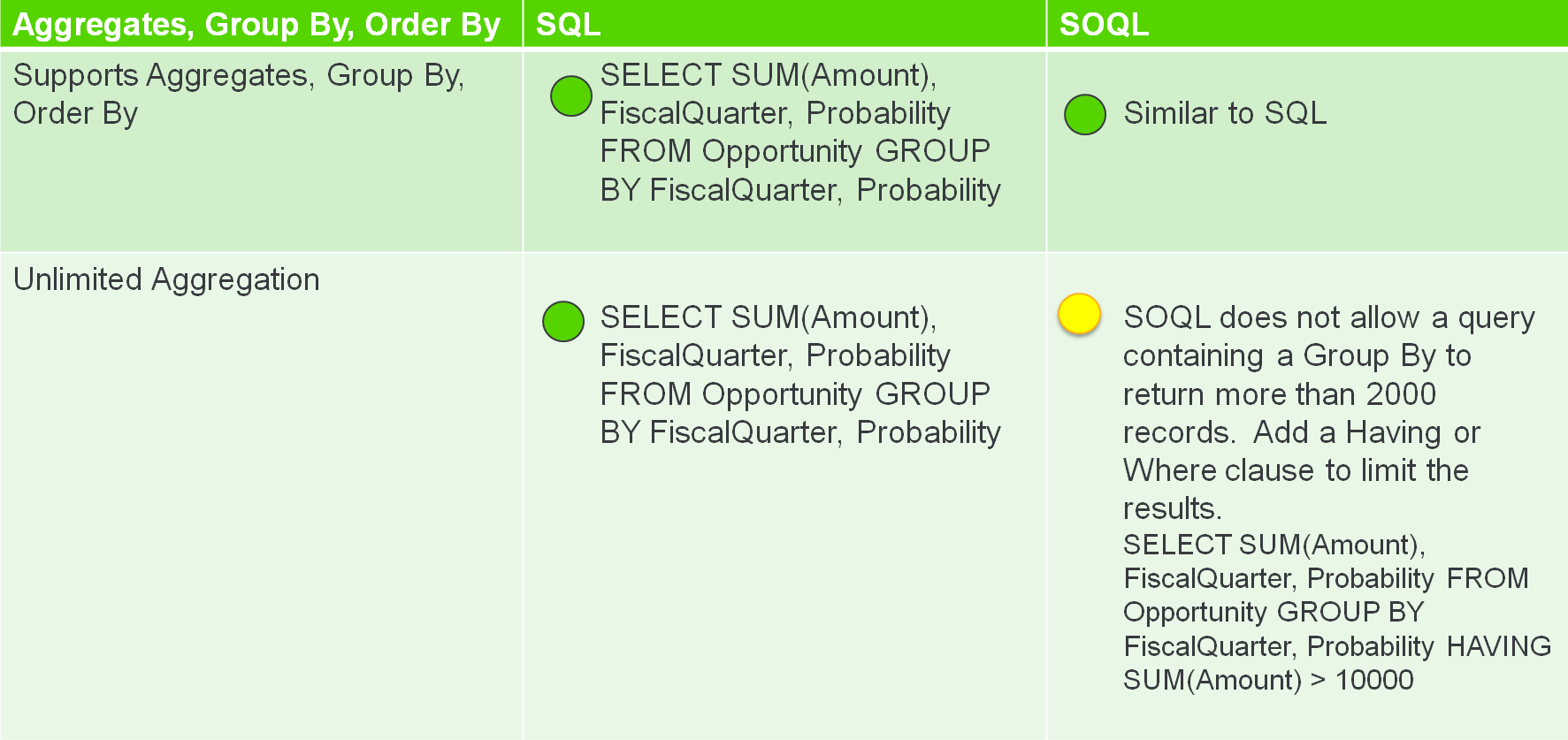

One of my colleagues has shown how to do so in an example of LearnSQL's survey data. The data is included in CSV files, which you can easily import to any of your databases using a GUI tool. The data set contains more than 2000 craft beers and 500 breweries used in the United States. You also learned the differences between UNION and UNION ALL operators.In this article, I used an interesting database published here.

In this tutorial, you have learned how to use SQLite UNION operator to combine rows from result sets into a single result set.
#SQLITE ORDER BY VS GROUP BY CODE#
ORDER BY FirstName, LastName Code language: SQL (Structured Query Language) ( sql ) UNION SELECT FirstName, LastName, 'Customer' FROM customers SELECT FirstName, LastName, 'Employee' AS Type FROM employees In addition, it uses the ORDER BY clause to sort the name list by first name and last name. This example uses the UNION operator to combine the names of the employees and customers into a single list. Here is the output: 2) SQLite UNION with ORDER BY example UNION SELECT FirstName, LastName, 'Customer' FROM customers Ĭode language: SQL (Structured Query Language) ( sql ) This statement uses the UNION operator to combine names of employees and customers into a single list: SELECT FirstName, LastName, 'Employee' AS Type FROM employees Let’s take some examples of using the UNION operator. The following picture illustrates the UNION ALL operation of the result sets of t1 and t2 tables: SQLite UNION examples The following statement combines the result sets of t1 and t2 table using the UNION ALL operator: SELECT v1 The following picture illustrates the UNION operation of t1 and t2 tables: The following statement combines the result sets of the t1 and t2 table using the UNION operator: SELECT v1įROM t2 Code language: SQL (Structured Query Language) ( sql ) VALUES( 2),( 3),( 4) Code language: SQL (Structured Query Language) ( sql )

Suppose we have two tables t1 and t2 with the following structures: CREATE TABLE t1(

Note that the difference between UNION and JOIN e.g., INNER JOIN or LEFT JOIN is that the JOIN clause combines columns from multiple related tables, while UNION combines rows from multiple similar tables. The ORDER BY clause is applied to the combined result set, not within the individual result set.The GROUP BY and HAVING clauses are applied to each individual query, not the final result set.The column names of the first query determine the column names of the combined result set.The corresponding columns must have compatible data types.The number of columns in all queries must be the same.The UNION operator removes eliminate duplicate rows, whereas the UNION ALL operator does not.īecause the UNION ALL operator does not remove duplicate rows, it runs faster than the UNION operator. Code language: SQL (Structured Query Language) ( sql )īoth UNION and UNION ALL operators combine rows from result sets into a single result set. The following illustrates the basic syntax of the UNION operator: query_1 To combine rows from two or more queries into a single result set, you use SQLite UNION operator. It may be for tables with similar data within the same database or maybe you need to combine similar data from multiple databases. Sometimes, you need to combine data from multiple tables into a complete result set. Summary: in this tutorial, you will learn how to use SQLite UNION operator to combine result sets of two or more queries into a single result set.


 0 kommentar(er)
0 kommentar(er)
